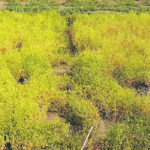Producers concerned about what would happen if they could no longer apply the herbicide to their crops before harvest
Harvesting lentils has become complicated with the increased sensitivity to pesticide residue by international buyers of the pulse crop. Some grain buyers will not accept lentils treated with pre-harvest glyphosate due to scrutiny in the global marketplace and low maximum residue limits . Ideally, using a desiccant including diquat, Reglone, will provide an adequate dry-down […] Read more Crop Management
Crop Management

Farm of the future planned
McCain Foods is building the farm of the future. The New Brunswick company announced in mid-July that it wants potato production to be more sustainable. To that end, McCain’s is establishing three Farms of the Future to learn how regenerative agriculture and innovation can work at scale in potato farming. “Through development of these flagship […] Read more
Farmers deserve to have government-imposed costs connected to international prices
Why are some production costs treated like a domestic issue when prices are set in the world market?
A commodity price can be an honest, pure and shockingly efficient signal. Through that one number, posted and based-off around the international marketplace, farmers, marketers, shippers and processors can figure out whether they can make money producing, procuring or selling something. A single price number can contain hundreds of variables, but they all add up […] Read more
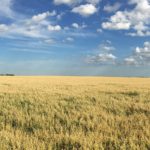
Oat acres in limbo
Starting next year, the two largest oat millers in Canada will only buy oats that are free of glyphosate. That could cause oat acres to drop in 2021 and in subsequent years because some producers may refuse to grow oats or decide to grow less. “I would suspect we could see a decline in acres. […] Read more
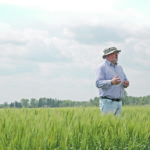
Researchers hunt for plants that fix diseases
Corn is no longer a marginal crop in Western Canada. When grain, silage and grazing corn are combined, nearly one million acres were grown across the Prairies in 2019. “It’s not going to go away. The adoption rate is ramping up every winter,” Bart Lardner, a University of Saskatchewan beef scientist, said last fall. Lardner […] Read more
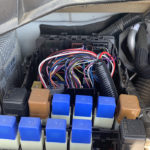
Electronics in vehicles require a change in thinking
We ask manufacturers to put more and more gadgets into our implements and vehicles. We want voice recognition, hard drives to store client lists and our favourite music. The climate control has to have zones and work automatically. Remote start is a must, as is the built-in garage opener. The list goes on. One thing […] Read more

Combine, meet ethernet, combine meet world
Make use of the massive data from the seeder, sprayer and combine as the internet of things digs into the dirt
The third heaviest component in modern cars is the wiring harness. One-third the cost of building a modern car is assembling that harness. The task cannot be handled by robots. To compound the problem, wiring harnesses are becoming more complex as they handle more information from more sensors and sources. There are accident prevention sensors […] Read more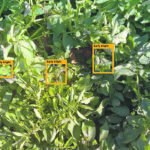
Automated irrigation pivots watch over fields
The system lets producers know what’s happening in their fields and then makes recommendations on what to do next
Prospera Technologies has deployed the algorithms it developed for the greenhouse sector to turn irrigation pivots into robots that can manage crops autonomously. Prospera started operations in 2014 with a team of computer scientists who wanted to use computer vision and artificial intelligence to help farmers make in-season decisions. It now helps to manage more […] Read more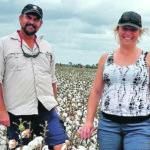
Full-value or half-value from precision ag efforts?
Producers collecting multiple layers of field data complain they aren’t milking the data for all it’s worth. “I’m not even getting half the value out of these images.” Kristina Polziehn hears the similar complaints. She says there definitely is an obstacle to applying the data and images in real-world precision agriculture practices. That obstacle is […] Read more

 Crop Management
Crop Management